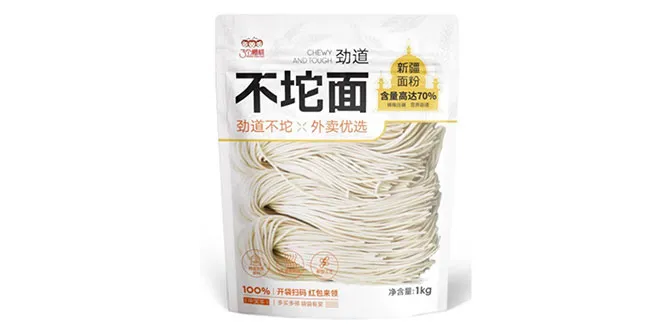soba udon
The Delightful World of Soba and Udon Noodles
Noodles are a cornerstone of Japanese cuisine, celebrated for their versatility, texture, and taste. Among the myriad options, soba and udon stand out as two beloved varieties, each showcasing unique characteristics and culinary traditions. This article will explore the origins, preparation methods, and dishes featuring these delightful noodles, providing a deeper understanding of why they have become staples in Japanese dining.
Soba Noodles A Wholesome Choice
Soba, meaning “buckwheat” in Japanese, is made primarily from buckwheat flour, which gives the noodles a distinctive nutty flavor and a somewhat brownish hue. Buckwheat is known for its health benefits, including high levels of protein, fiber, and essential vitamins. Soba noodles can be enjoyed hot or cold, making them an exceptionally versatile ingredient.
The traditional method of preparing soba is through a labor-intensive process involving the precise mixing of buckwheat flour with water. The dough is then rolled, cut, and boiled to create thin, delicate noodles. Fresh soba has a chewy texture, while dried soba can also be found in most grocery stores.
One popular way to serve soba is in a cold preparation called “zaru soba.” In this dish, the noodles are chilled and served on a bamboo mat with a dipping sauce made from soy sauce, mirin, and dashi. Garnished with green onions, wasabi, and nori, zaru soba is not only visually appealing but also refreshing, especially during hot summer months.
The Delightful World of Soba and Udon Noodles
Udon Noodles Comfort Food at Its Best
soba udon

Udon, on the other hand, is made from wheat flour, resulting in thick, chewy noodles that are satisfying to the bite. The thicker texture makes udon a popular choice for hearty dishes, often served in rich and flavorful broths. They are easy to prepare at home and have gained significant popularity worldwide.
The preparation of udon involves mixing wheat flour with water and kneading the dough until it reaches the perfect elasticity. Once rolled out, the dough is cut into thick strips, boiled, and served warm or cold. Udon's versatility allows it to be enjoyed in various ways, with numerous regional variations across Japan.
One of the most famous udon dishes is “kake udon,” which consists of udon noodles served in a simple, hot soy-based broth, often topped with green onions, tempura, or an egg. For a heartier option, “yaki udon” involves stir-frying udon with vegetables, meat, and a savory sauce, making it a favorite among those seeking a quick yet satisfying meal.
In the winter months, “nabe udon” is a comforting dish featuring udon noodles cooked in a hot pot with vegetables, tofu, and other ingredients, making it a popular choice for family gatherings and gatherings with friends.
Conclusion A Culinary Journey
Both soba and udon noodles symbolize the love of craftsmanship in Japanese cuisine. They reflect regional ingredients and traditions, making each bowl a unique culinary experience. Whether served cold in the summer or warming in a hot broth during winter, these noodles provide comfort and nourishment.
As Japanese cuisine continues to gain global recognition, soba and udon noodles have transcended borders, allowing people from all walks of life to savor their delightful flavors and textures. Embracing these noodles in your dining repertoire not only enriches your palate but also connects you to the rich tapestry of Japanese culinary artistry.
-
Is Whole Wheat Pasta Healthy?NewsMay.30,2025
-
Are Soba Noodles Good for Weight Loss?NewsMay.30,2025
-
Are Buckwheat Soba Noodles Healthy?NewsMay.30,2025
-
Are Buckwheat Soba Noodles Gluten Free?NewsMay.30,2025
-
Are Buckwheat Noodles Good for You?NewsMay.30,2025
-
A Healthy Way to Savor Soba and Spicy FlavorsNewsMay.30,2025
-
What Are Lanzhou Noodles?NewsMay.30,2025
Browse qua the following product new the we

















































































































